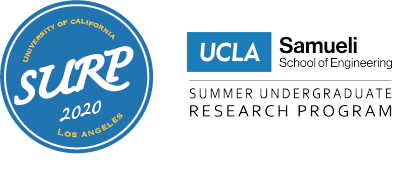Research Presentation, Wed Aug 25 @ 2pm PDT
- alethea katherine

- Aug 23, 2021
- 2 min read
Come check out my research presentation!! This Wednesday at 2:00pm PDT, I will be presenting on my summer research with Samueli Engineering Undergraduate Research and Internship Program (funded by National Science Foundation (NSF) REU).
The event is open to all and will be live-streamed on Zoom; details at: https://my.ucla.edu/conference/spur2021-10wk/155
Though our project and poster are heavily technical, I will be trying to gear my presentation for a more general audience (anyone with undergraduate engineering experience or a small amount of knowledge of communications systems). Specifically, I will be explaining the concept of puncturing and its advantages.
Here is our abstract:
Communications systems are crucial to modern everyday life – whether it be Wi-Fi, satellite communications, or storing and sharing documents digitally. However, imperfect communication channels can result in noise distorting transmitted data. Error correcting codes seek to identify and correct distorted data. Error correction comes at the cost of efficiency – this project’s rate-⅓ trellis encoder outputs three encoded bits per every one information bit, making it three times as inefficient as only sending the original data.
By puncturing – omitting certain bits in transmission – higher efficiency can be attained, but the chance of receiving the correctly decoded information decreases. Previous literature has investigated the characteristics of a rate-⅓ 64-state 8PSK-modulated trellis encoder under puncturing and used these characteristics to develop a bit error rate (BER) union bound on the data. By running BER data simulations using C++ and the Hoffman2 Cluster and comparing them to theoretical union bound plots in MATLAB, this project has confirmed the results found in previous literature.
Additionally, this project will extend the BER union bound methods to develop a union bound for the frame error rate (FER), as well as simulating the FER performance for this specific encoder and various puncturing patterns of interest. Whether in satellite transmissions, self-driving cars, streaming, Wi-Fi, memory storage hard drives, 5G, or GPS, our research has countless applications in the modern, digital world.








Comments